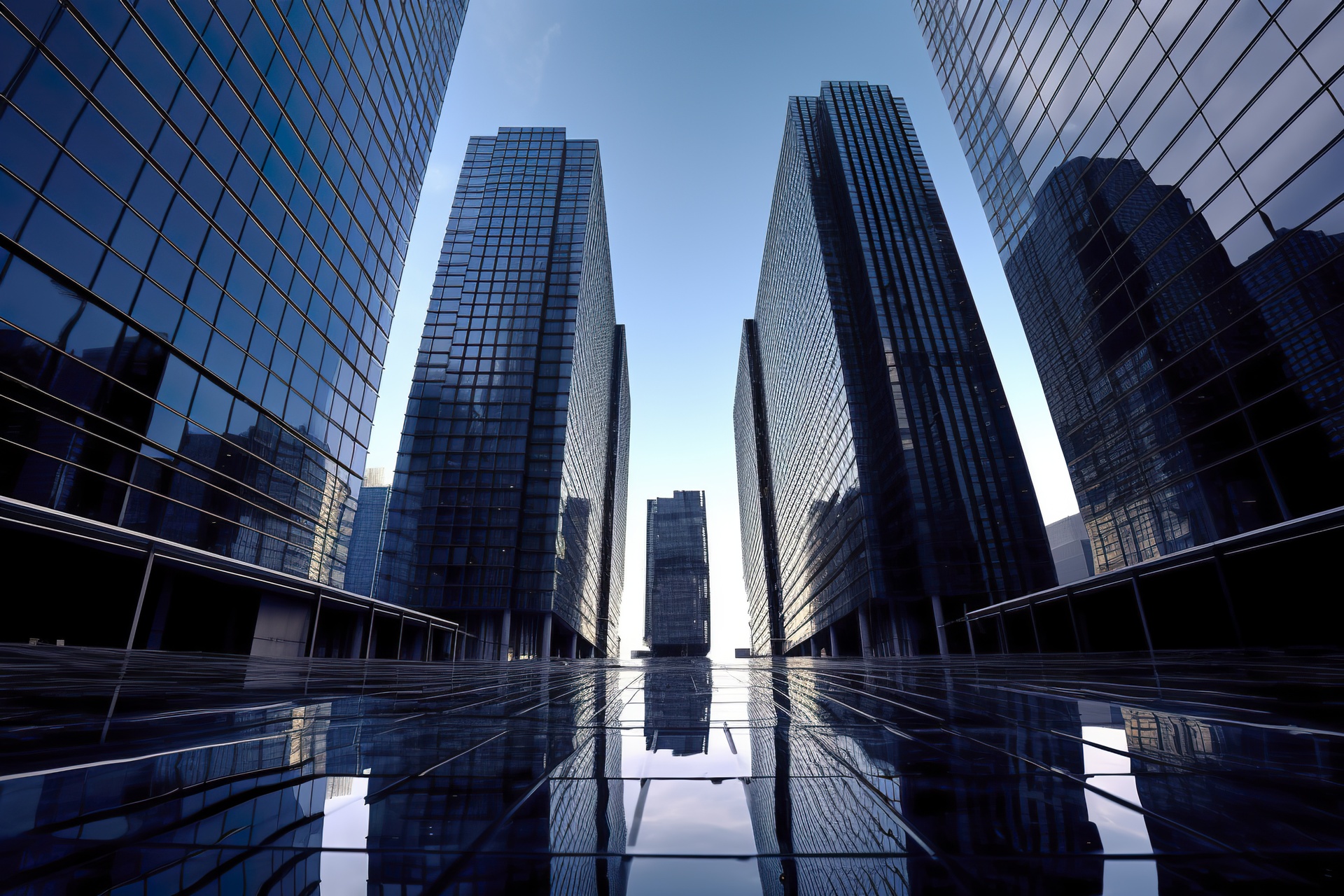New York City’s commercial real estate market in 2025 is experiencing a dynamic transformation, marked by a resurgence in high-end office spaces, innovative mixed-use developments, and a strategic pivot towards sustainability. While certain sectors are thriving, others are adapting to evolving economic and social landscapes.
🔥 What’s Hot
1. Trophy Office Spaces in Prime Locations
High-end office buildings, particularly along Park Avenue, are witnessing a surge in demand. For instance, 99 Park Avenue is nearly fully leased following Amalgamated Bank’s 15-year lease for over 94,000 square feet, a move that coincides with the building’s $30 million renovation. Similarly, Ferrari’s relocation to a prominent space at 425 Park Avenue underscores the appeal of modern, amenity-rich office environments.
2. Mixed-Use Developments and Neighborhood Revitalization
Developments like Hudson Yards and Manhattan West are redefining urban living by integrating residential, commercial, and recreational spaces. Hudson Yards, for example, boasts major tenants such as BlackRock and Meta, and features amenities that have attracted a significant in-person workforce presence. Emerging neighborhoods like Mott Haven in the Bronx and Sunset Park in Brooklyn are also gaining traction due to new developments and rezoning initiatives.
3. Office-to-Residential Conversions
In response to shifting work patterns, there’s a growing trend of converting obsolete office buildings into residential units. The 25 Water Street project in the Financial District exemplifies this, transforming a former office building into approximately 1,300 apartments, marking it the largest such conversion in the country
4. Emphasis on Sustainability and ESG Compliance
Sustainability is becoming a cornerstone in commercial real estate, with developers prioritizing environmentally friendly designs and operations. Alloy Block in Brooklyn, featuring New York City’s first all-electric skyscraper, highlights this shift towards eco-conscious development citeturn0search25Additionally, there’s an increased focus on ESG (Environmental, Social, and Governance) compliance, influencing investment and development decisions.
❄️ What’s Not
1. Aging Office Buildings Without Modern Amenities
Older office buildings lacking modern amenities are struggling to attract tenants. Companies are favoring spaces that offer flexibility, advanced technology, and wellness features, leaving outdated properties at a disadvantage. This has led to a wave of renovations and conversions to meet current market demands citeturn0search1
2. Overreliance on Financial Sector Tenants
New York City’s heavy dependence on the financial sector is posing risks, especially as some firms relocate operations to other cities. This trend threatens to reduce the city’s tax revenue and underscores the need for economic diversification.
3. Declining Foreign Investment Amid Geopolitical Tensions
Geopolitical tensions, particularly between the U.S. and Canada, are impacting foreign investment in U.S. real estate. Canadian investors, who have historically been significant contributors, are showing increased hesitancy, potentially affecting capital flow into New York City’s commercial real estate market.
📈 Looking Ahead
The commercial real estate landscape in New York City is poised for continued evolution. Developers and investors are focusing on creating versatile, sustainable spaces that cater to modern work and lifestyle preferences. As the city adapts to these trends, opportunities abound for those ready to embrace innovation and sustainability in the urban environment.

